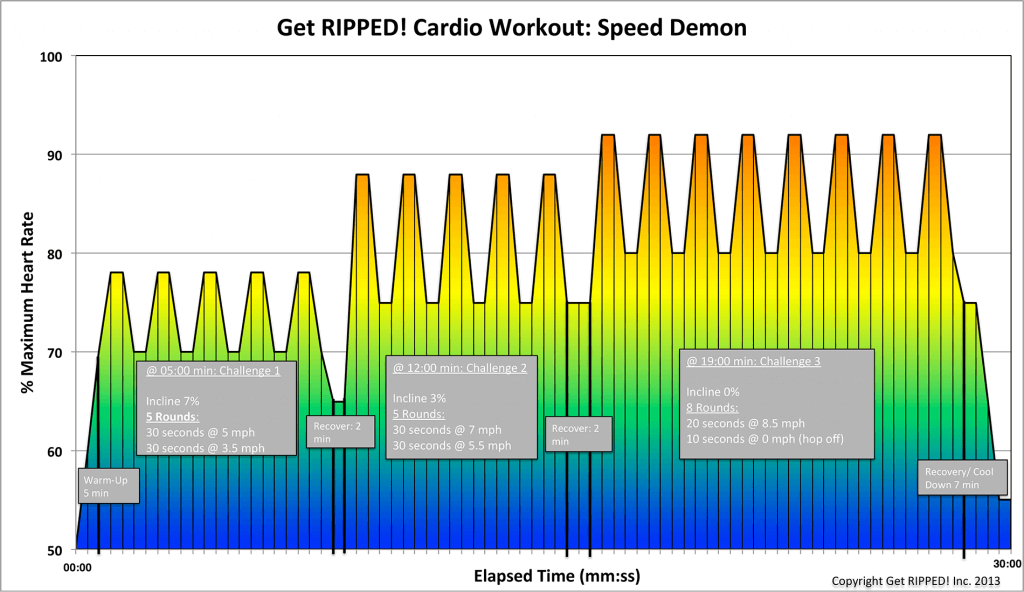Fitness Tips, Nutrition Tips
What Does Your BMI Mean For Your Health?
What is BMI? BMI is an acronym that stands for body mass index. It compares your height to your weight. It can quickly help doctors identify people who are underweight, average, overweight, obese, and grossly obese. It is a quick marker of health, especially for people on the extremes, both underweight and grossly obese. It doesn’t consider important factors like body composition, bone density, and the amount of muscle mass.
It compares height to weight by using a chart.
To find your BMI, you identify your height along the side of the chart and weight at the chart’s top. The lines intersect to create color-coded boxes based on the classifications: severely underweight, underweight, optimal, overweight, obese, and severely obese. Each square has a number that also correlates to those titles. To find the relationship, you follow the weight line down and the height line over. Where they intersect is your BMI. There are male, female, and child charts. While quick, it’s a starting point and not the ultimate guide. It’s one more tool for doctors.
More information than BMI is required to check health.
Every person is different. Muscular people normally weigh more than someone with the same height and measurements. That’s because muscle weight is more per cubic inch than fat. It’s like comparing two identical jars. Fill one with feathers and the other with metal. The one with metal will weigh more even though it’s the same size. People with a larger bone structure tend to weigh more, too. Their BMI may show they’re overweight, even though they’re not.
Other tests and the healthcare professional’s observations tell the whole story.
If the healthcare professional is looking at a bodybuilder, their BMI will often show they’re obese because of the excess muscle mass. The healthcare professional can see that’s not true. An obese person may be more susceptible to high blood pressure, so taking blood pressure readings is necessary. It’s also vital for all other patients since BMI may indicate a penchant for the problem but only other tests can determine it’s a problem.
- Since BMI is stated in numbers, if they change quickly, going either from a 12 to 25 or 40 down to 12 for no apparent reason. It’s also a sign there’s a problem.
- A better way to identify overall health is waist measurement. A man with a waist larger than 40.2 inches and a woman with a waist larger than 34.6 inches has a greater chance of illness. Fat around the waist is visceral fat, the most dangerous type of fat.
- Fat mass index— FMI— is another good indicator of health. It’s calculated for men using 64 – (20 x height/waist circumference) and for women 76 – (20 x height/waist circumference).
- One study showed that BMI didn’t indicate whether the patient’s cardiometabolic profile containing blood pressure, cholesterol, and blood sugar levels were healthy.
For more information, contact us today at Get RIPPED! by Jari Love


